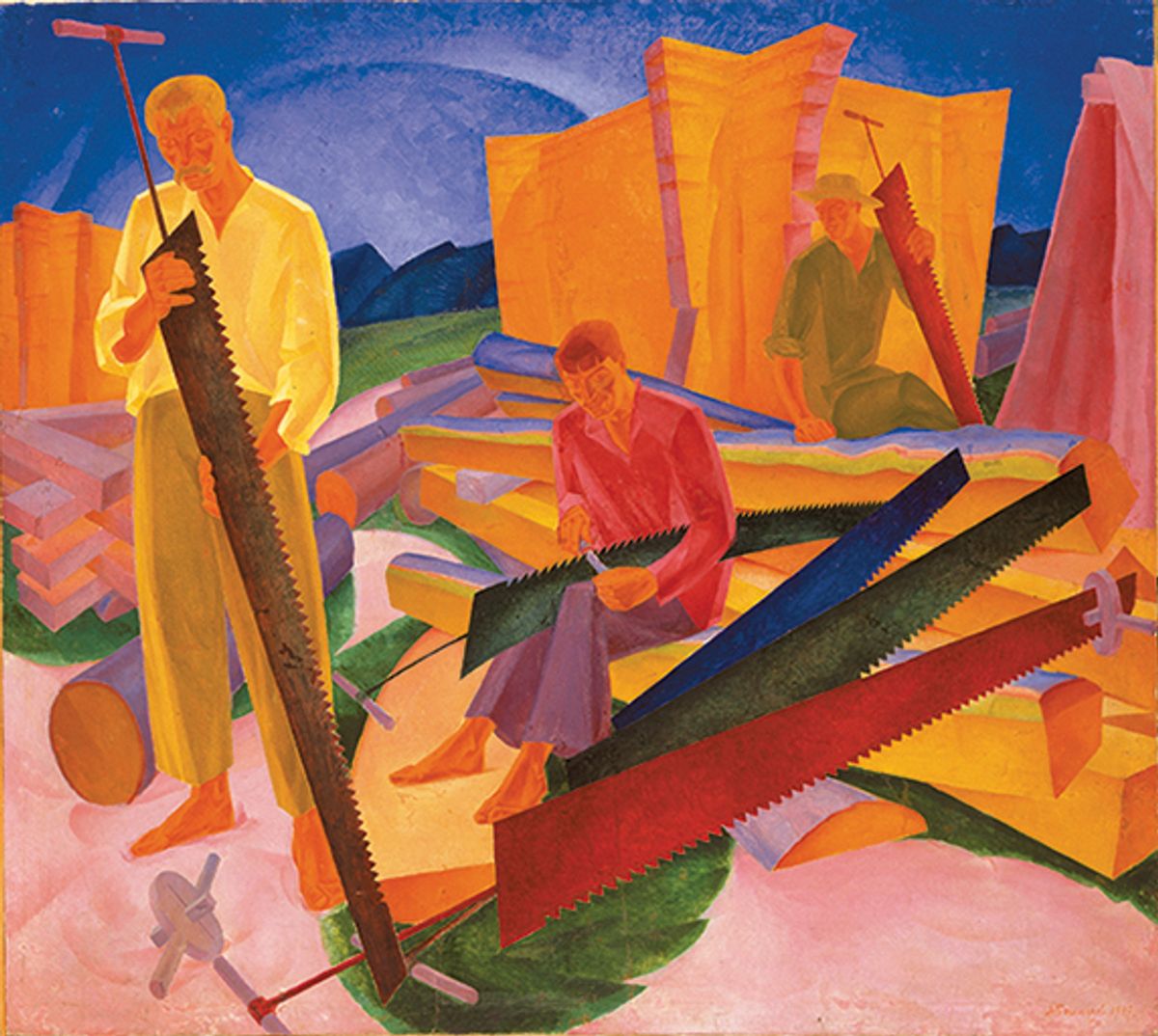One of the most difficult challenges that museums have faced this year is escalating attacks by protesters on some of their greatest masterpieces. Although there may have been no—or minimal—damage to the works, if it continues, then something is likely to occur.
London’s National Gallery has now suffered five attacks. In October it therefore announced a ban on bringing liquids into its rooms. This has increased security costs (thereby diverting resources) and has lengthened queues for visitors. Many hundreds of paintings have recently been glazed, at a considerable cost, and making it more difficult to avoid the distraction of a narrow shadow strip at the top of a canvas.
Vincent van Gogh has been the primary target of climate protesters. Soup was thrown at Sunflowers (1888) in October 2022 by two environmental activists from the Just Stop Oil group, causing minor damage to the painting’s 17th-century Italian frame. In September 2024, on the day the perpetrators were being sentenced, the same painting and another Sunflowers version (1889) on loan from the Philadelphia Museum of Art faced a similar attack.
There were three other incidents. In July 2022, Just Stop Oil activists glued themselves to Constable’s The Hay Wain (1821). In November 2023, protesters used safety hammers to smash the glass of Velázquez’s Rokeby Venus (1647-51). And this October, two members of the Youth Demand group covered the glass of Picasso’s Motherhood (1901) with an image of a mother and child in war-torn Gaza.
Of course other institutions in the UK and internationally have been hit. In January 2023, two protesters stencilled the logo of the global energy company Woodside onto Frederick McCubbin’s Down on his luck (1889) at the Art Gallery of Western Australia, and at London’s British Library in May this year, two environmental activists attacked the glass case holding the Magna Carta.
Works of art have become targets in a way not seen since the suffragette slashing of the Rokeby Venus
Works of art have become targets in a way that Britain has not seen since the suffragette slashing of the Rokeby Venus in 1914. Sadly, we now have the spectre of copycats, with protesters of various persuasions seeing it as a quick way of getting a shocking image into the media.
War zones
Everyone in the art world and beyond has been horrified by the wars that are being fought in Gaza and Ukraine. Museums and institutions have generally tried to avoid involvement in the political issues, although the travelling show of Ukrainian Modernism represents a positive, non-provocative attempt to deal with the situation in artistic terms. In the Eye of the Storm: Modernism in Ukraine, 1900-1930s was at London’s Royal Academy of Arts until October.
Individual artists have their own personal views and those from the conflict zones may try to represent something of what they observe and feel in their art. But artists—and art lovers—hold virtually no power in these desperate wartime situations. The military and serving politicians are the ones in command.
However, what museums and galleries have demonstrated is that the art world is a truly global community. Hopefully ties between artists, and the dissemination of art internationally, might do a little to help bring diverse groups of people together.
• Martin Bailey is the special correspondent for The Art Newspaper and a leading specialist on Vincent van Gogh


